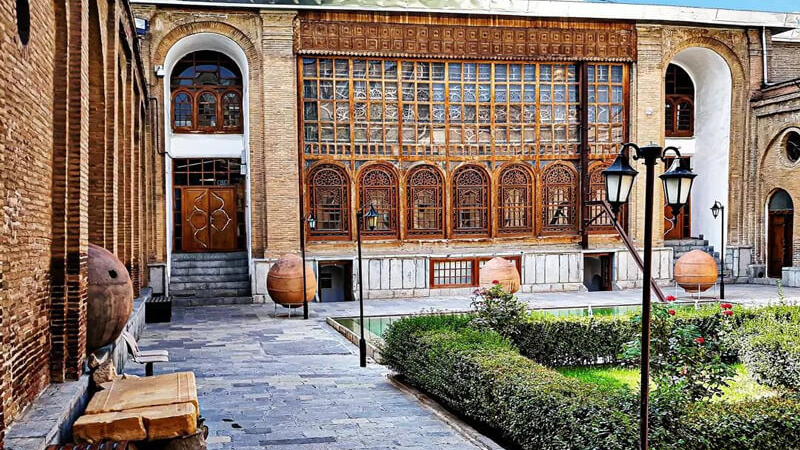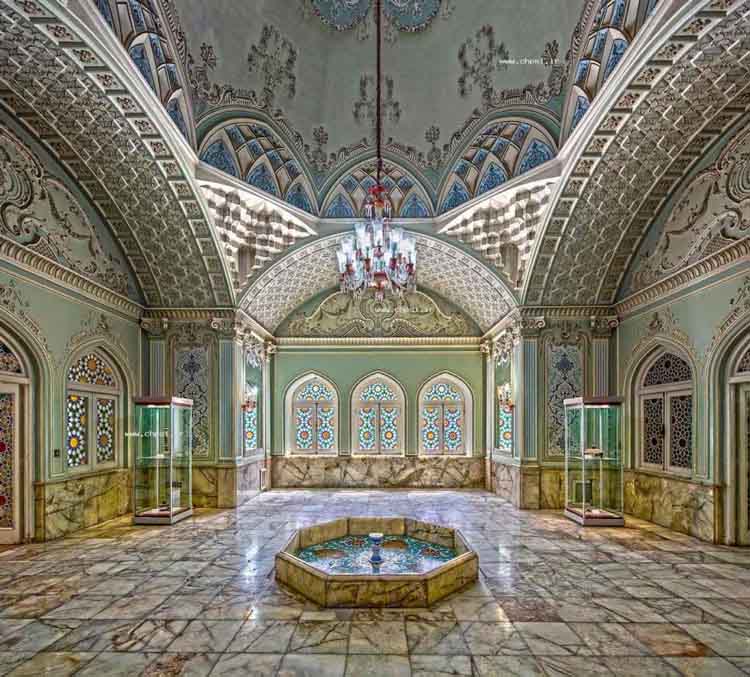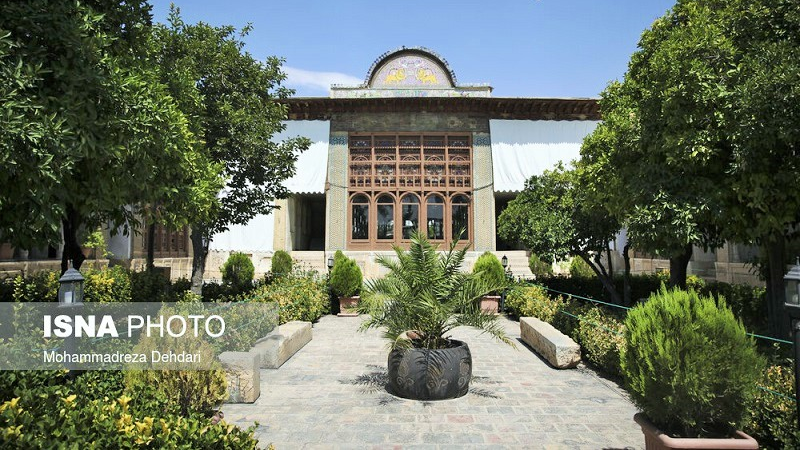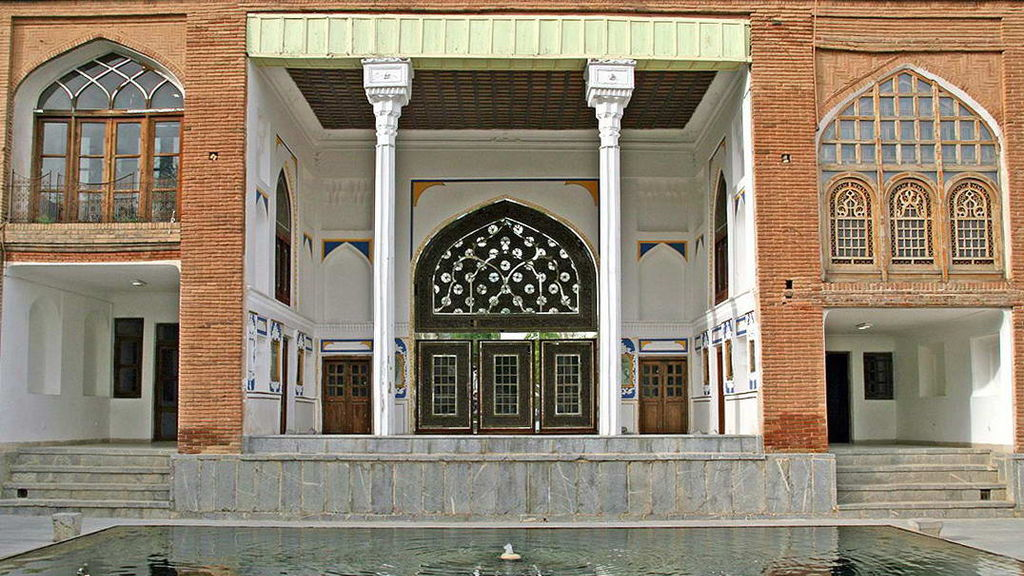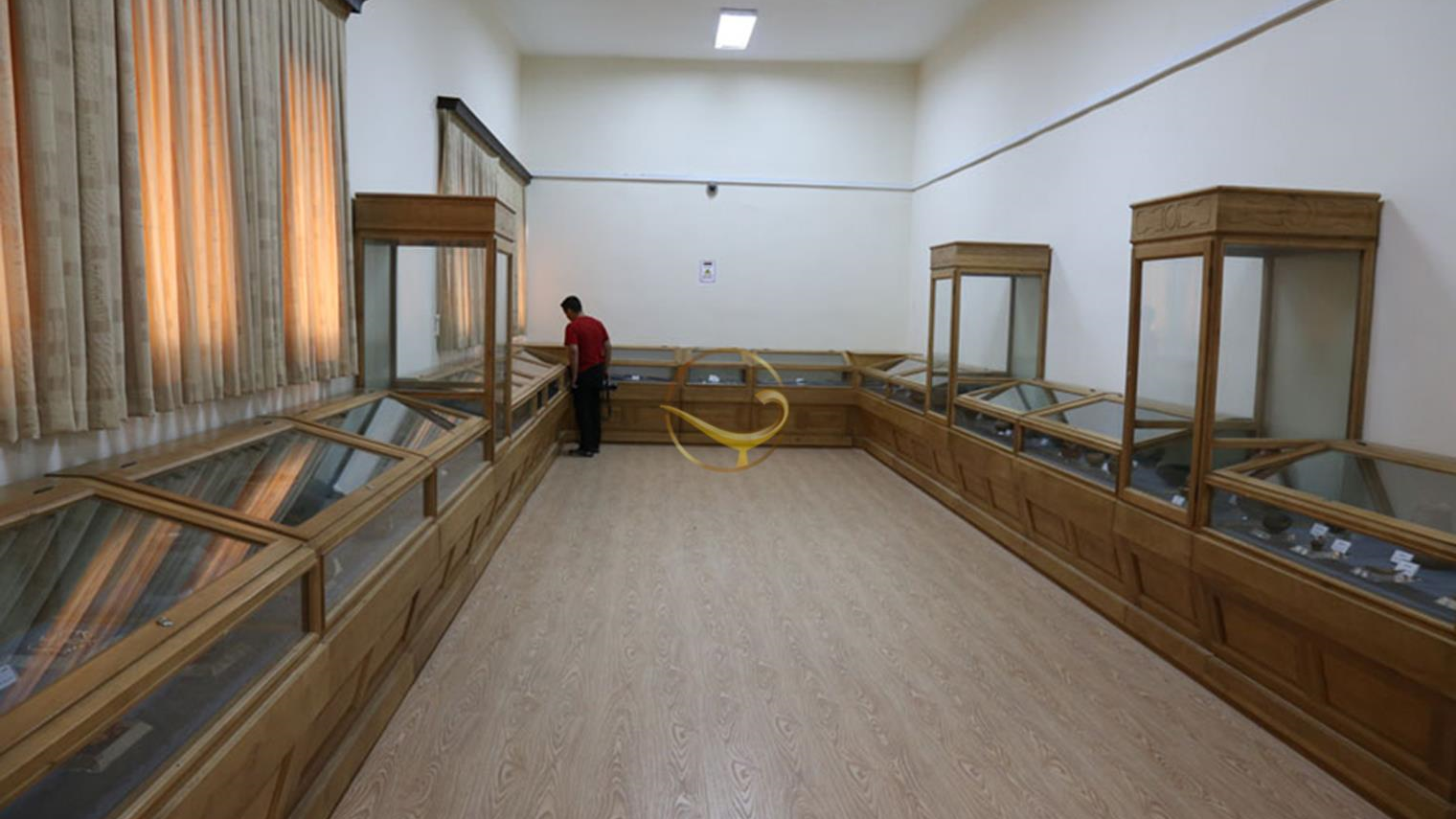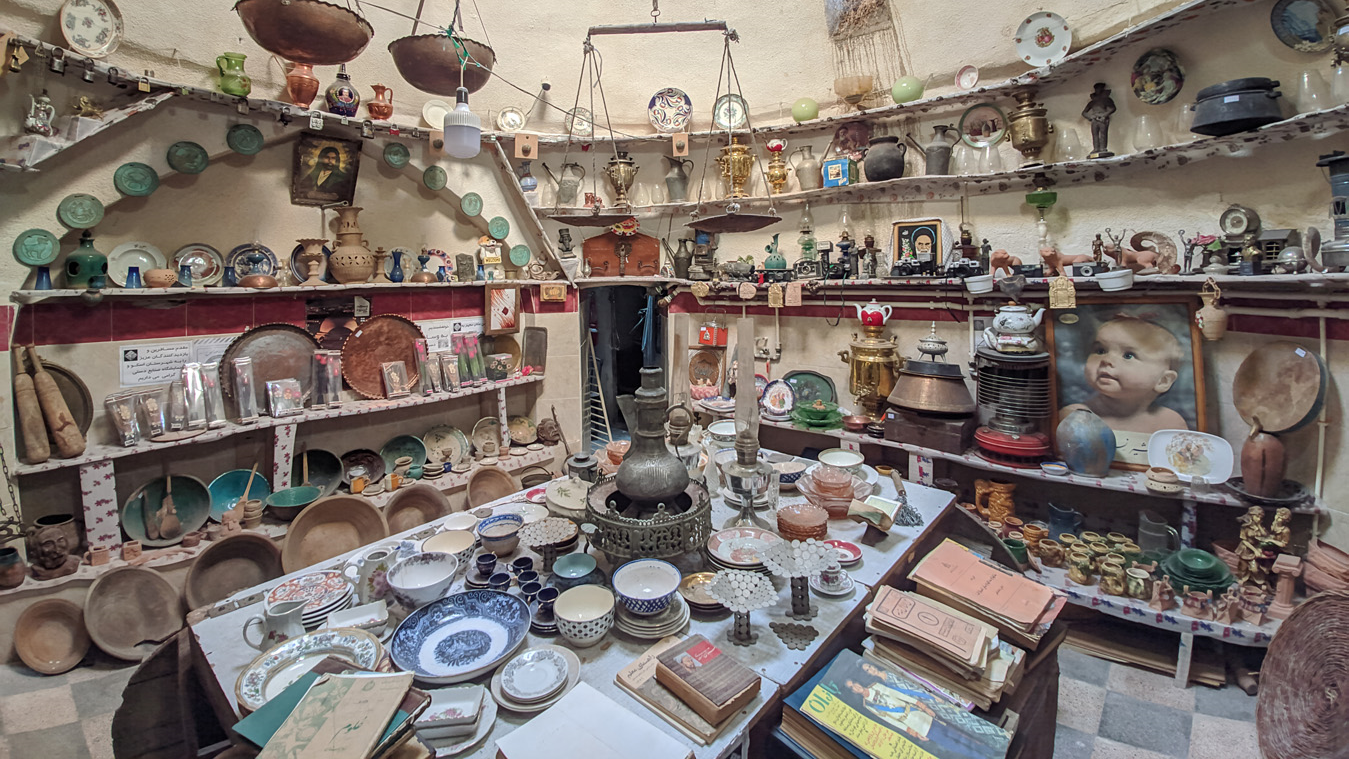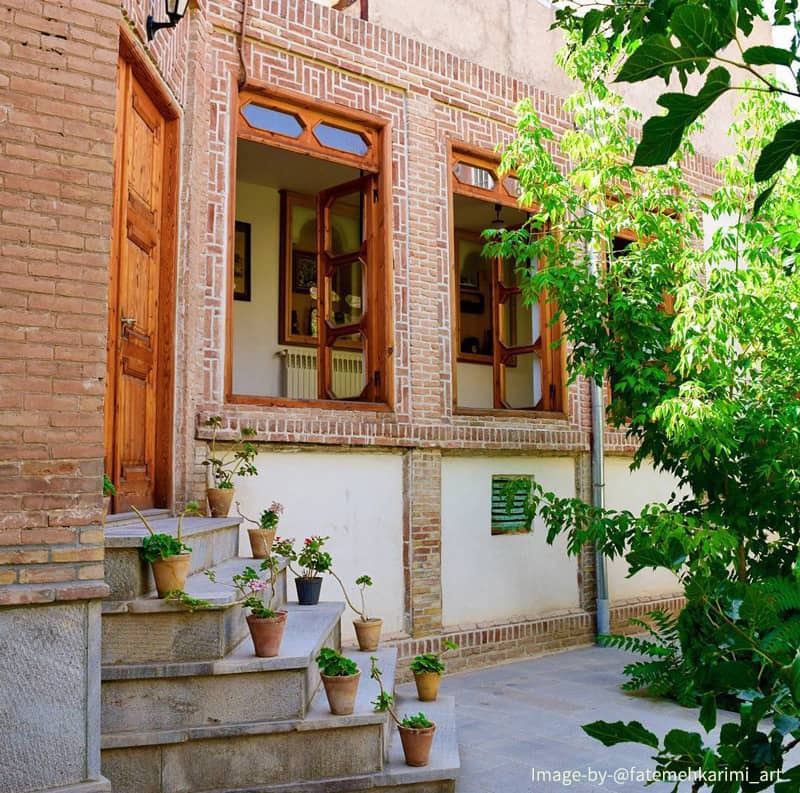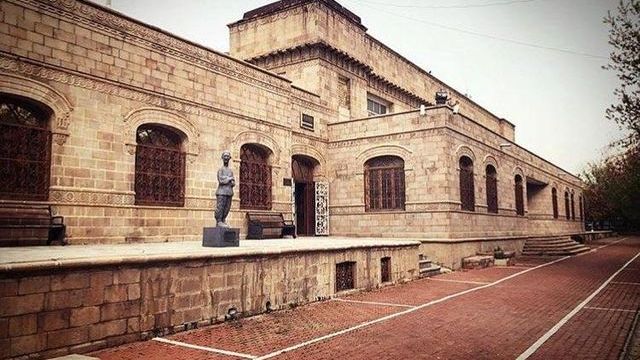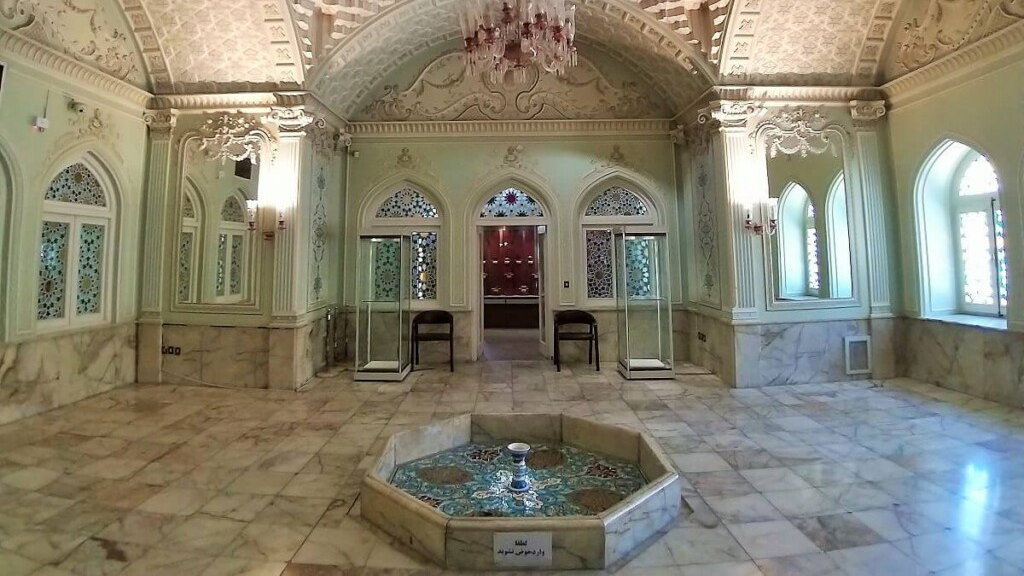
Safavi Museum of Bonab
Bonab City of East Azarbaijan Province houses several historical sites and other tourist attractions. This city is located in the east of Lake Urmia and on the slopes of Sahand Mountains, 120 km southwest of Tabriz. The objects obtained from the southern heights of Qarah Qoshun cemeteries, prove that this city was prosperous and flourishing during the Safavid era (16th century AD). Of course, certain traces of prehistoric life have also been found in this city. Safavi Museum of Bonab is one of the attractions of this city, where objects related to certain parts of the history of this city are on display.
Where Is the Safavi Museum of Bonab located?
This museum is located in the old neighborhood of Gazavasht, on Beheshti Street, in one of the central areas of Bonab city. Having been set up in Saif al-Ulama’s historical mansion, visiting the museum can be more enjoyable. This mansion was constructed in the Qajar era (19th century AD) and it is about one and a half centuries old. The house belonged to a person named Sheikh Ali Ghazi. He was considered one of the famous scholars of Bonab, who was awarded the title of “Saif al-Ulama” by the Qajar king, Naser al-Din Shah (reigned from 1831 to 1896 AD).
The total area of the Safavi Museum of Bonab is about 490 square meters. Saif al-Ulama’s mansion is a two-floor building built with clay and brick. The front porch of the mansion, the roof of which is supported by four tall wooden columns, has given it an indescribable glory. Among the historical monuments of Bonab city, Esmail Beig Mosque, which had been built during the Safavid era, is very similar to this mansion.
The decorations used in this house include geometric-shaped brickwork on the façade of the building. Like many old Iranian houses, the mansion has a large yard with a pond in the middle and small gardens. Saif al-Ulama’s mansion was inscribed on the list of Iran’s national heritage in the year 2001 AD and after certain restoration operations, this historical work was converted into the “Safavi Museum” in 2011.
Features of the Safavi Museum of Bonab and the Objects Preserved in It
The ground floor of the Museum houses ancient objects discovered in the archaeological excavations of the areas around Bonab. These objects are divided into three parts (pre-historic, pre-Islam, and the Islamic period). Clay jars and obsidian stones are among the prehistoric objects in this part of the museum. Also, some tallow burners, jugs, glasses, and urns made of gray clay are exhibited in the pre-Islamic section. The section dedicated to the Islamic era houses all kinds of plasterworks in Kufi script, carved inscriptions, bowls, and clay dishes.
On the first floor of the museum, works from the Safavid period are on display in eight sections:
1. Manuscripts and handwriting
2. Wooden decorations
3. Pictures of the Shahnameh of Shah Tahmasp
4. Calligraphic works by the calligraphers of the Safavid court including Alireza Abbasi, Mir Emad, and Mohammad Reza Tabrizi
5. Coins
6. Ceramic objects and tiles
7. Metal objects
8. Historical tombstones and inscriptions, stone lion and ram, and pillar base.
A part of the museum has been dedicated to displaying images from the pages of the Shahnameh of Shah Tahmasp. This Shahnameh is a precious copy of Ferdowsi’s Shahnameh, which was written in the 16th century. This work has 258 pages of paintings and legends, myths, and stories of Shahnameh have been depicted in it in illustrated form. According to experts, due to its high artistic value, this work is one of the 10 most expensive artistic texts in the world. Some pages of this precious work are kept in the museums of Iran, America, Canada, and Qatar.
The attractions of this museum are not, however, limited to these items. The statue of Safavid soldiers and Shah Ismail I (reigned from 1501 to 1524 AD), the founder of the Safavid Empire, riding on a horse and holding a sword, are on display in the courtyard of the museum.
A part of the museum has been dedicated to displaying images from the pages of the Shahnameh of Shah Tahmasp. This Shahnameh is a precious copy of Ferdowsi’s Shahnameh, which was written in the 16th century.
| Name | Safavi Museum of Bonab |
| Country | Iran |
| State | East Azerbaijan |
| City | Bonab |
| Type | Historical |

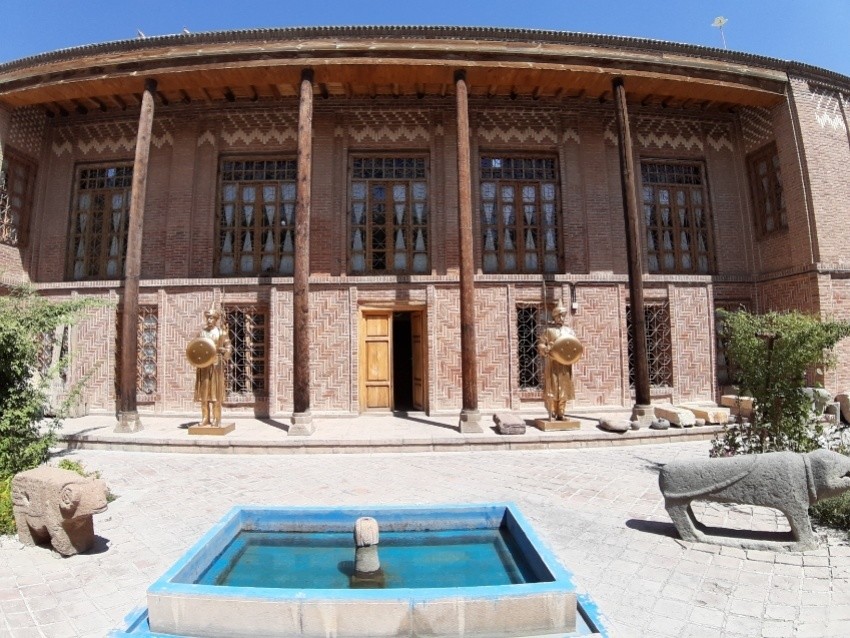

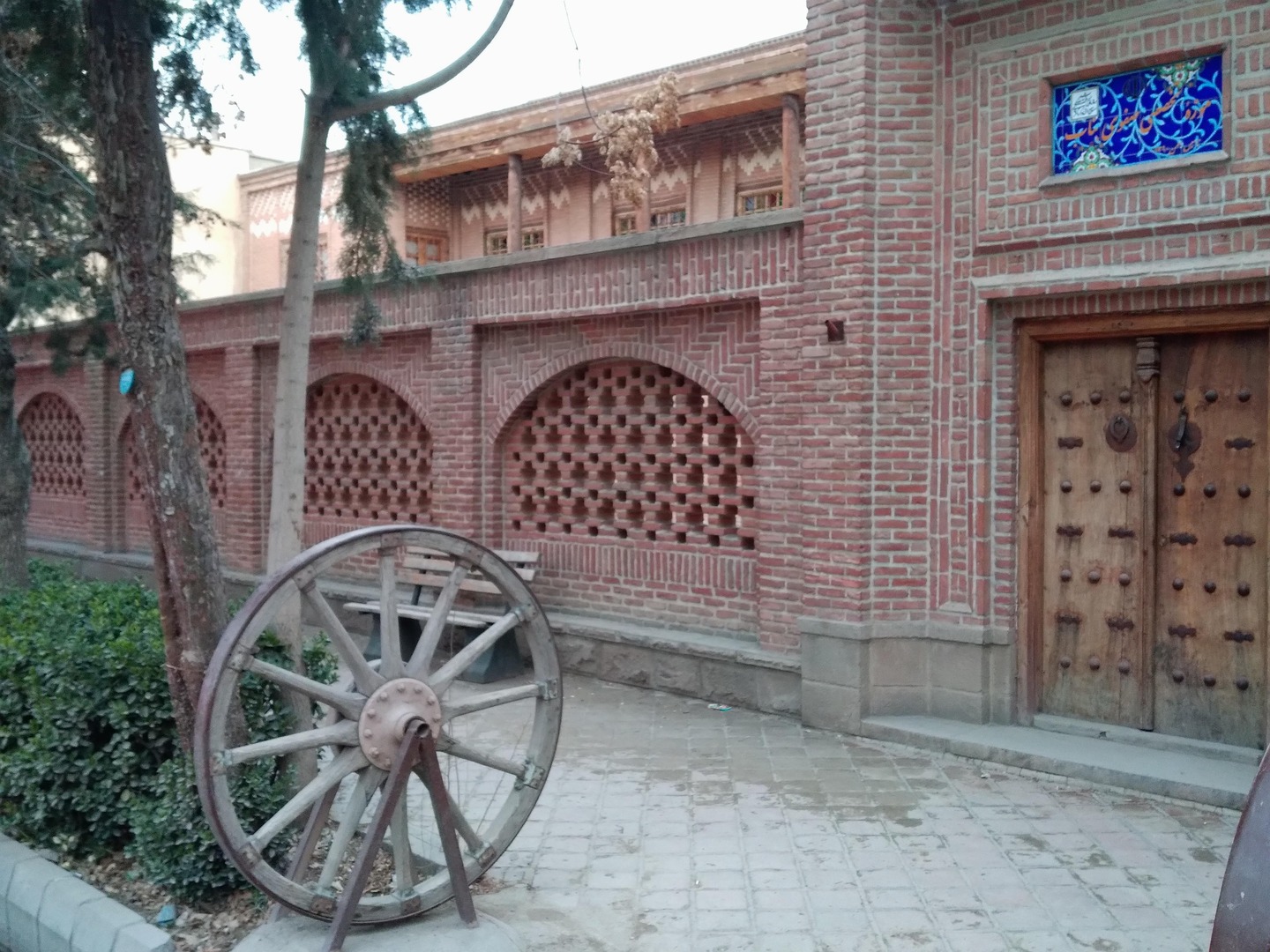
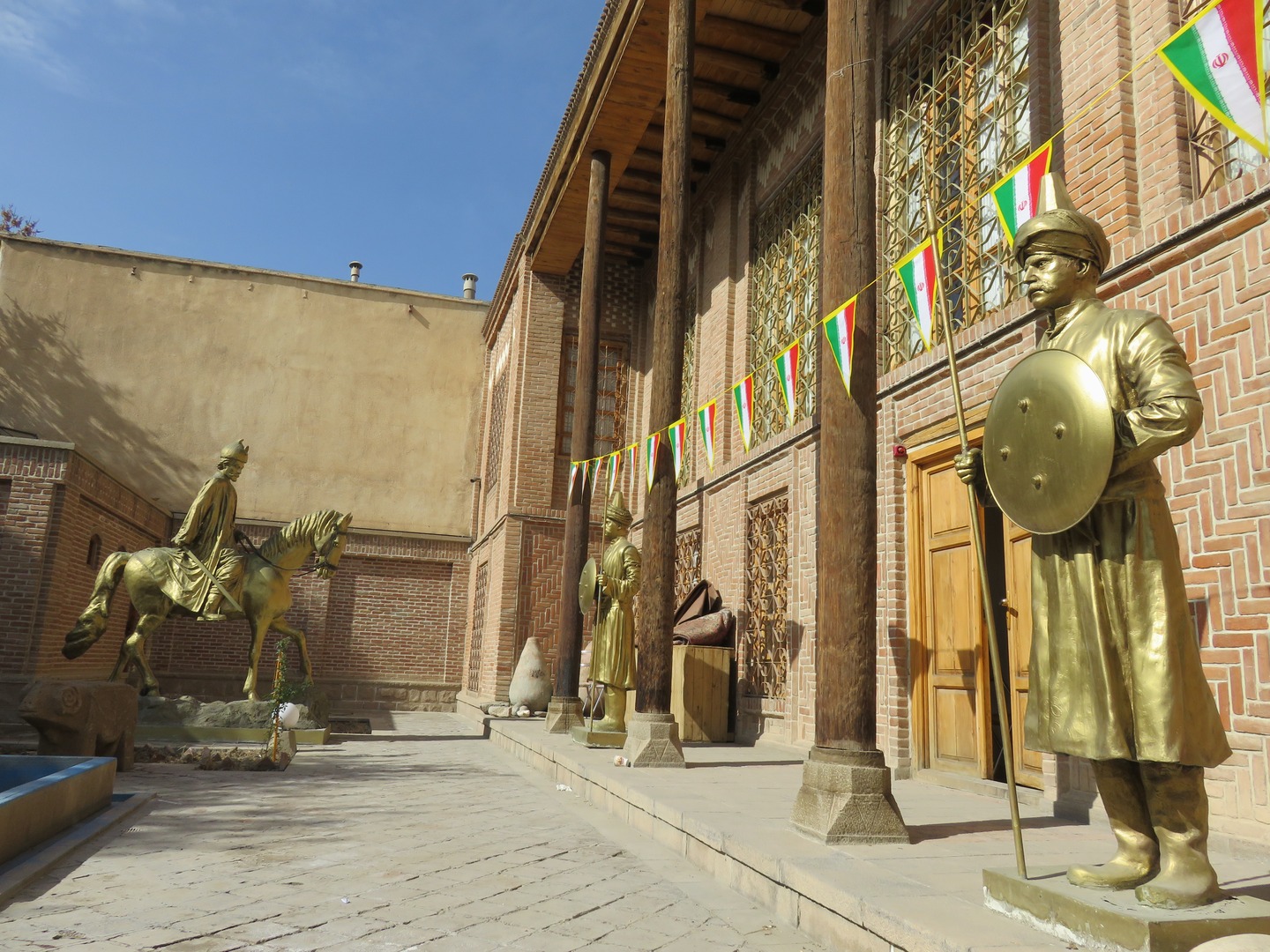





Choose blindless
Red blindless Green blindless Blue blindless Red hard to see Green hard to see Blue hard to see Monochrome Special MonochromeFont size change:
Change word spacing:
Change line height:
Change mouse type:
